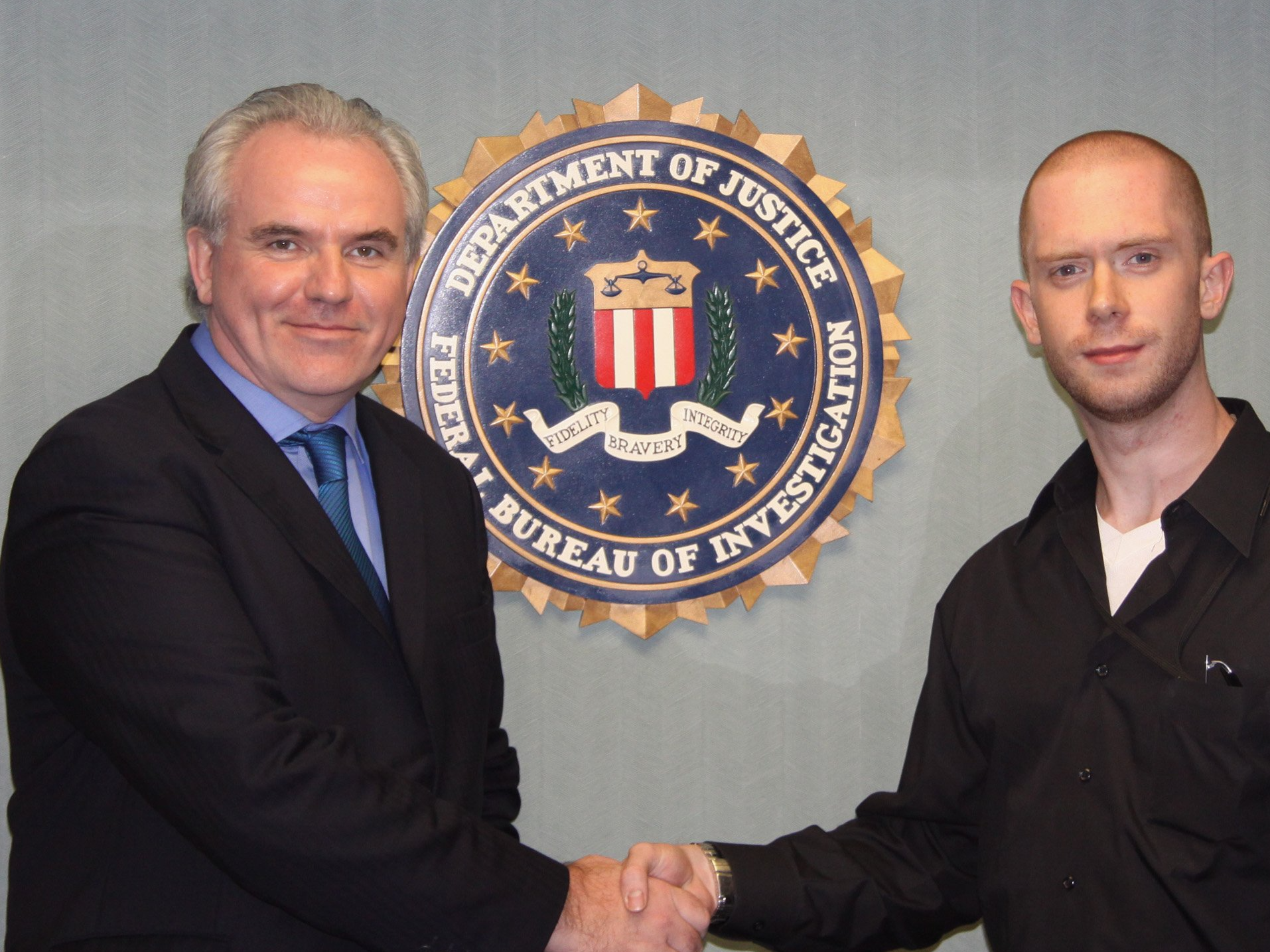Cold Reading Techniques: A Complete Guide for Beginners
Cold Reading Techniques: A Complete Guide for Beginners
Cold reading has fascinated people for decades. From stage psychics to mentalists, from sales professionals to everyday conversationalists, this set of skills allows you to connect with strangers in ways that feel almost magical. But there’s no magic involved. It’s a toolkit of communication methods anyone can learn. If you’ve ever wondered how to master cold reading techniques, this guide is your starting point.
What Are Cold Reading Techniques?
At its core, cold reading is the ability to make statements that seem accurate, personal, and insightful even without prior knowledge of the person. Cold reading techniques are methods that make this possible.
They include:
Using general but believable statements.
Observing body language and subtle cues.
Responding flexibly to feedback.
Presenting ideas with confidence and authority.
When you learn cold reading techniques, you can appear to “read minds,” but what you’re really doing is reading people.
Why Learn Cold Reading Techniques?
Before diving deeper, let’s look at why people want to study cold reading techniques:
Entertainment. Magicians, mentalists, and psychics rely on cold reading to wow their audiences.
Professional use. Salespeople, coaches, and negotiators use these skills to build instant rapport.
Personal growth. Understanding how cold reading works makes you a sharper observer and communicator.
In short, mastering cold reading techniques opens doors to connection, persuasion, and influence.
The Most Common Cold Reading Techniques
If you want to get started, here are some of the most reliable methods.
1. Barnum Statements
These are general observations that apply to most people but feel highly specific.
Example: “You’re usually confident, but sometimes you doubt yourself more than others realise.”
This is one of the simplest but most effective cold reading techniques.
2. The Rainbow Ruse
This technique covers both sides of a personality trait, so it’s almost guaranteed to be true.
Example: “You can be very outgoing in the right company, but at other times you prefer to keep to yourself.”
3. The Fuzzy Fact
Another staple of cold reading techniques is making vague statements that people interpret for you.
Example: “I sense there’s something about the past year that’s been especially significant.”
4. Feedback Loops
Pay attention to reactions—nods, smiles, pauses—and adjust accordingly. People will often “feed” you the details that make your statement accurate.
5. The Vanishing Negative
Phrase guesses in ways that make you right even when you’re wrong.
Example: “I see a strong connection with the name John… it could be someone close, or perhaps a name you’ll hear soon.”
Each of these cold reading techniques works because people naturally want to feel understood.
How to Practise Cold Reading Techniques
Knowing the theory isn’t enough. To master cold reading techniques, you must practise them regularly.
Start with friends. Try simple Barnum statements in casual conversations.
Observe strangers. In cafés or public places, silently “read” people and guess their traits.
Use role-play. Work with a partner to practise making statements and refining delivery.
Reflect and refine. After each attempt, ask yourself what worked and what didn’t.
The more you practise, the smoother and more natural your use of cold reading techniques will become.
Confidence: The Secret Ingredient
When it comes to cold reading techniques, confidence is as important as content. Even the most accurate statement will fail if delivered hesitantly. Conversely, a vague observation can sound powerful if delivered with poise.
Tips for confidence:
Keep your pace steady.
Maintain good eye contact.
Smile and speak with authority.
Move on quickly if a statement doesn’t land.
Remember: the performance is as important as the words.
Ethical Use of Cold Reading Techniques
It’s vital to discuss the ethics of cold reading techniques. They can be entertaining, educational, and useful in business—but they can also be misused. Some fake psychics exploit vulnerable people with cold reading, charging money for false insights.
Use these skills responsibly. Think of cold reading as a way to connect, entertain, and improve communication, not as a way to manipulate or deceive.
Cold Reading Techniques Beyond Entertainment
One of the most overlooked aspects of cold reading techniques is how useful they are outside of the psychic stage. For example:
Sales. Understanding client psychology makes conversations smoother and more persuasive.
Leadership. Leaders who read their team well build trust and loyalty.
Negotiation. Cold reading helps uncover hidden concerns and objections.
Social settings. These skills make you more engaging and approachable in everyday life.
The same methods that impress audiences can also improve real-world communication.
Common Mistakes to Avoid
Beginners often stumble when learning cold reading techniques. Here are three pitfalls to avoid:
Overcomplicating statements. Keep it simple. Short, broad observations are most effective.
Admitting failure. If a statement doesn’t resonate, don’t apologise. Just move on smoothly.
Forgetting to listen. Cold reading is about two-way interaction. Pay attention to how people respond.
By avoiding these mistakes, your use of cold reading techniques will feel much more natural.
Learning cold reading techniques isn’t about trickery. It’s about sharpening your awareness of human nature and using communication skills to connect. Whether you want to entertain, influence, or simply understand people better, cold reading offers powerful tools.
Start small with Barnum statements, add the Rainbow Ruse, practise listening carefully, and deliver with confidence. Over time, these techniques will become second nature.
So if you’re curious about how to make people feel instantly understood, now you know where to begin. Master a few simple cold reading techniques, and you’ll soon discover why this skill has fascinated and impressed audiences for generations.





